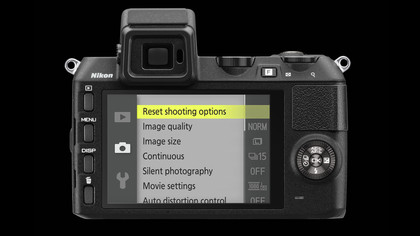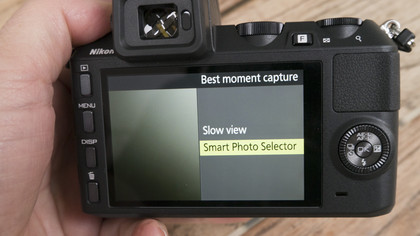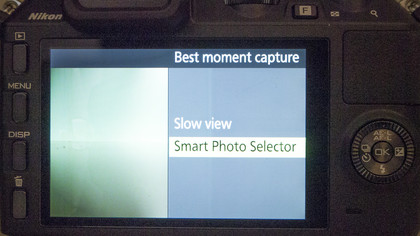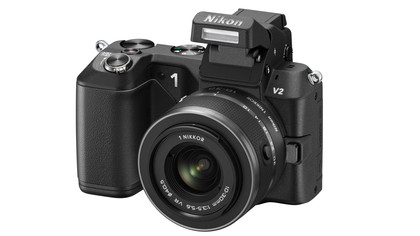Why you can trust TechRadar
With the promise of improved performance from the new sensor, we had relatively high hopes for the Nikon 1 V2. Luckily, we've been pleased with what the compact system camera can produce.
Images are punchy and vibrant, with excellent colour reproduction and plenty of detail, especially in low noise shots.
Autofocusing speeds are pretty quick in good light, but this does drop when the light starts to fall. On several instances during our testing where the light was very poor, the camera struggled to find focus, in some cases failing altogether.

Unlike the Nikon 1 J2, there are no digital filters that can be applied with the Nikon 1 V2. This seems like a great shame, since it surely wouldn't be too difficult to port these over from the Nikon 1 J2.
However, if you're feeling a little creative, you can alter the Picture Style. Options here include Monochrome (which also encompasses sepia and cyanotype, along with other colour tints), Vibrant and Landscape.
The good thing about using Picture Styles while shooting in raw format is that a clean version of the image is preserved should you change your mind down the line. Although it's a shame not to see more options, the black and white option is rendered well and there's lots of scope for customisation, especially with regards to contrast.

Automatic white balance does a good job of judging the scene to produce accurate colours, even under artificial indoor lighting. If you do find that it struggles slightly, you can change the WB setting via the function button.
Similarly, metering does a good job of accurately assessing the scene in front of it to produce good exposures.
The high resolution screen on the back of the camera does a good job in all but the very brightest of sunlight at reducing the amount of glare and reflections. The EVF is also very good, again having a high resolution and perhaps appealing to those photographers used to optical viewfinders.

Despite its comparatively small size, the one-inch sensor on the Nikon 1 V2 is still capable of producing attractive shallow depth of field effects.
The widest aperture the standard 10-30mm bundled kit lens can achieve is f/3.5, but some good effects can still be achieved with this optic. Focus drop off is good, with out of focus areas rendered well.

Amy has been writing about cameras, photography and associated tech since 2009. Amy was once part of the photography testing team for Future Publishing working across TechRadar, Digital Camera, PhotoPlus, N Photo and Photography Week. For her photography, she has won awards and has been exhibited. She often partakes in unusual projects - including one intense year where she used a different camera every single day. Amy is currently the Features Editor at Amateur Photographer magazine, and in her increasingly little spare time works across a number of high-profile publications including Wired, Stuff, Digital Camera World, Expert Reviews, and just a little off-tangent, PetsRadar.

